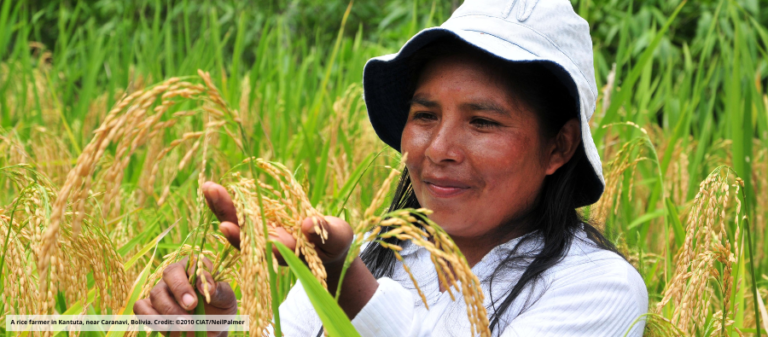Tag: adaptation

Climate Change, Agriculture and Innovative Solutions: Emily Rees Speaks at COP28
Global: Emily Rees, CropLife International, engaged in a conversation on the critical connection between climate change and agriculture.
Read MoreClosing the Adaptation Gap: Harnessing the Power of Possibilities
Global: The world is using more ecological resources than what the planet can regenerate. Climate change mitigation and adaptation is needed to reverse this.
Read More

